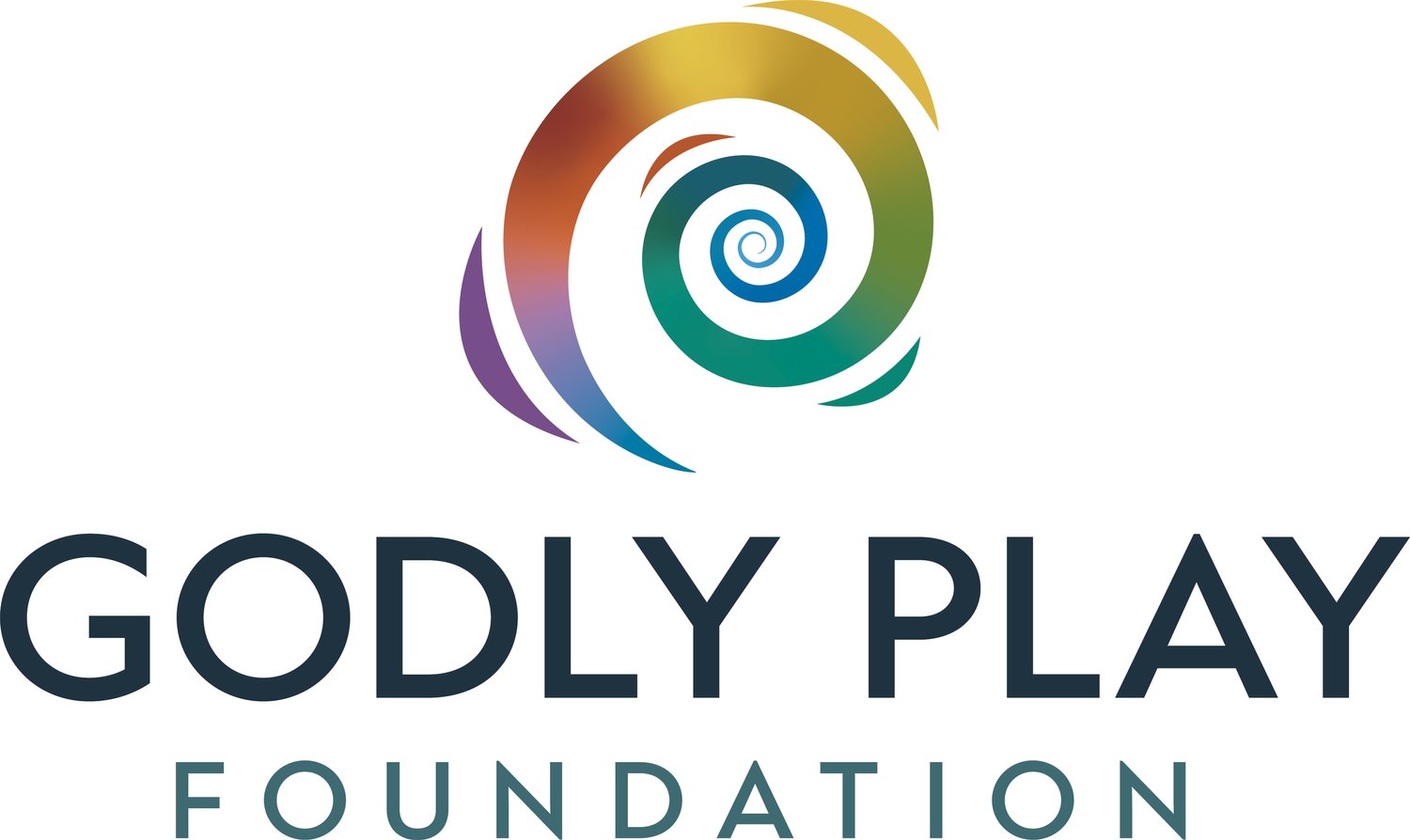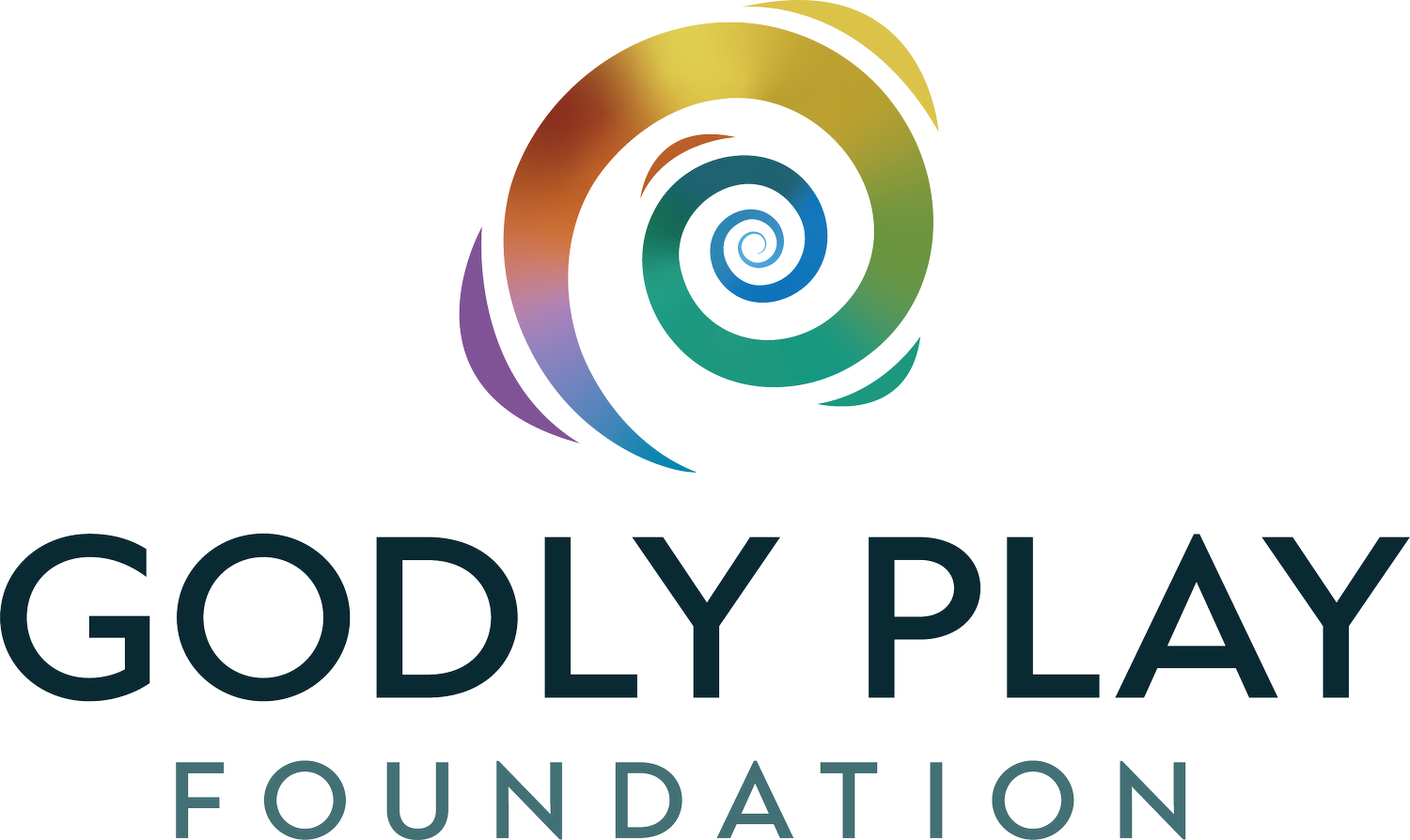John Pridmore Wrestles with the Angel of Childhood
A Book Review by Jeannie Babb
Playing with Icons: The Spirituality of Recalled Childhood
By John Pridmore
with foreward by Jerome Berryman
197 pp. The Center for the Theology of Childhood. $24.95
John Pridmore's thorough and insightful book will capture the imagination of those who nurture children, especially in religious settings. Playing with Icons offers more an analysis of beautifully written case studies than a scientific survey. Pridmore, a retired Anglican priest, based his study on published autobiographies of childhood. He lists over a hundred such works in the bibliography, weaving evocative passages throughout the body of the book.
Pridmore invites the reader on an existential journey to play with and welcome the child. He likens children to icons, which when painted on wood gaze past us to behold God, even as we gaze at them and beyond them to God. Like an icon, a child’s vision of the divine lends us our own sighting. Pridmore invites us not only to pray with these icons, but to play with them and recognize this playfulness as a sort of prayer.
Opening with a Frank Kendon quote on wrestling with “the angel of childhood,” Pridmore gives the rationale for his study approach. He notes that he is asking questions from a distinctly Christian point of view, though he asserts that children experience spirituality before they have been properly introduced to any religion. He considers whether memories can be trusted. Most of Pridmore’s sources were written years or decades after the child became an adult. Perhaps time has the ability to distill, and not only to distort.
Children notice things our adult eyes dismiss or look past. With primal vision, a child notices an everyday object or action for the very first time. This type of perception is difficult to experience later in life, though we may seek it through novelty or travel. Many autobiographers writing about their childhood recount such moments. Bryan Magee, for example, recalls growing up in the slums in London’s East End with a sense of “the marvelousness and extraordinariness of everything.” He writes that in this condition, one finds “the world an amazing place, disclosing miracles at every turn, and all imparting a kind of ecstatic pleasure” (39). Other memoirists write about the loss of that sense, when their hearing was no longer “animal” or when new scents did not register as novelties but instead as connections, clues, or moments of nostalgia.
Many of the authors he cites not only describe primal vision, but also write of seeing beyond. Children often show an imaginative awareness of what cannot be seen. What children lack is a language to talk about these encounters. Thus, they tumble from this realm of spiritual intimacy back into their homes and classrooms, and have no words to tell their parents or teachers what they have experienced.
Of course, all is not delight in the spirit of a child. Pridmore explores the suffering experienced by the children in his study – particularly that suffering caused by interior pain or what we might call spiritual distress. He asserts that, at its deepest level, the angst of the child is a sort of homesickness. “We are exiles from Eden, all of us, however that first home is understood” (77). Thus, a child who fears the dark or cries over a broken toy is really mourning life expelled from paradise. Moreover, he suggests that the suffering of children may be greater than that of adults, because children have not yet learned “the gift of detachment” – that is, the ability to stand back from their distress and observe it more objectively (81). Nor is children’s suffering limited to momentary disappointments; many authors remember first encounters with existential limits. Bryan Magee, for example, recalls the “untterable sadness, real grief, and true mourning for myself” he experienced as a child when he learned that everyone dies -- someday, even himself. This realization was prompted by his mother’s explanation of two lines of poetry from Alice through the Looking Glass: “We are but older children, dear, / Who fret to find our bedtime near” (95).
Pridmore says that our spirituality, which he defines as “awareness of the other and the beyond,” is inborn (99). Still, our spiritual capacity needs nourishing. Quoting William Wordsworth, Jill Kerr Conway, Elisaveta Fen, Richard Hillyer, Yoshio Markino, and dozens of other writers, Pridmore concludes that a child’s spirit flourishes best in a natural environment. He expresses concern that the “indoor children” of the current generation are suffering from “nature deficit disorder” (115). He views children as banished from their own natural habitat by helicopter parents responding to sensationalized news – a sort of second exile from Eden. Thus, he says, the objective of Christian education is to restore to children a sense of that lost home, and ultimately return them to it. “The yew tree in the churchyard has waited for a thousand years for children to gather beneath its branches. The time has come to reward its patience” (116).
Children’s spirituality is also evident in moments of transcendence. Many of the memoirs Pridmore studied eloquently detailed moments “out of time,” whether sitting in an empty church forever (for ten minutes), or being swept up in the sound of the sea or the sight of onion skin curling in a bonfire. Some of the memories go back to early infancy, supporting the notion that spirituality is distinct from religion and precedes it. How then is spirituality affected by religious experience?
Pridmore considers examples of both negative and positive religious impact. Some of the children experienced a sort of cognitive dissonance between God as introduced through dull religion and many words, versus the dynamic exuberance or deep peace they experienced in moments of encountering the divine through their own sense of spirituality. Pridmore identifies three specific ways adults unwittingly use religion to harm a child’s spirituality: “First, we have bored them. Secondly, we have not made sense to them. Thirdly, we have put them off by the kind of people we are. We have been the inhuman face of God” (141).
What, then, can religion offer to the spirituality of children? Examples from the memoirs emphasize three contributions: a sensory awareness of the transcendent, people who demonstrate the love of God, and a language with which to express spirituality. Language is needed for spiritual growth, and yet language can either harm or heal. Pridmore’s findings lead him to advocate for the stories of Godly Play as a means of inviting children to learn to “speak Christian” in a manner that “does not grate on the ear” (196). Language, he says, is the supreme gift religion makes to spirituality (18).
Playing with Icons is the first in a series of books to be published by the Center for the Theology Childhood. The series will address children, their spirituality, and their religion. Pridmore, who studied as a Fellow at the Center, spent his own childhood listening for German bombs to fall on homes in his south-east London suburb. Early in the book, he states that his study of memoirs will be successful if it helps him understand a little more deeply “the child I once was, the child I must nurture, and the child I must become.” While the nature of childhood remains mysterious, a journey through Playing with Icons is at least a good swim into those depths.





